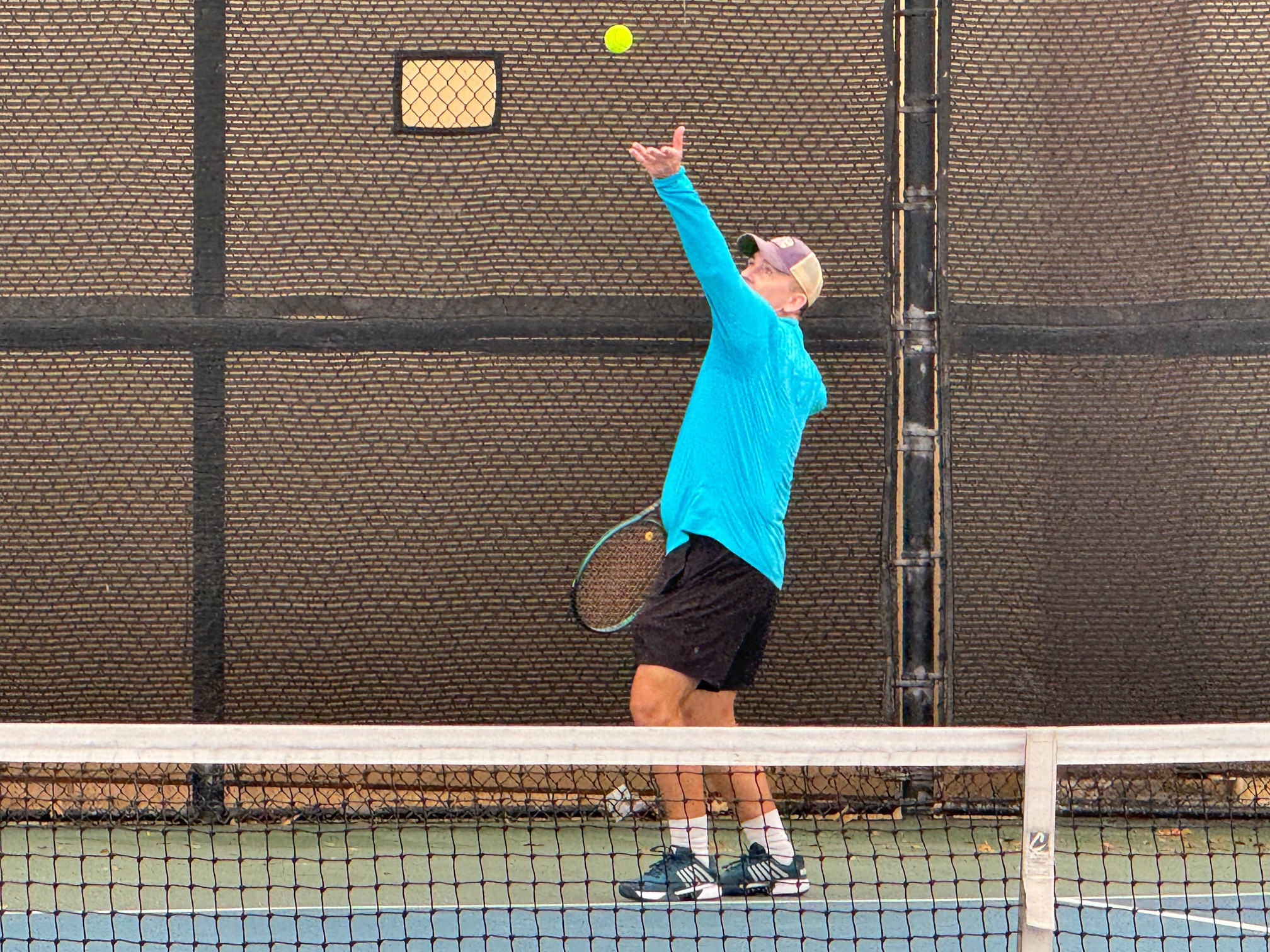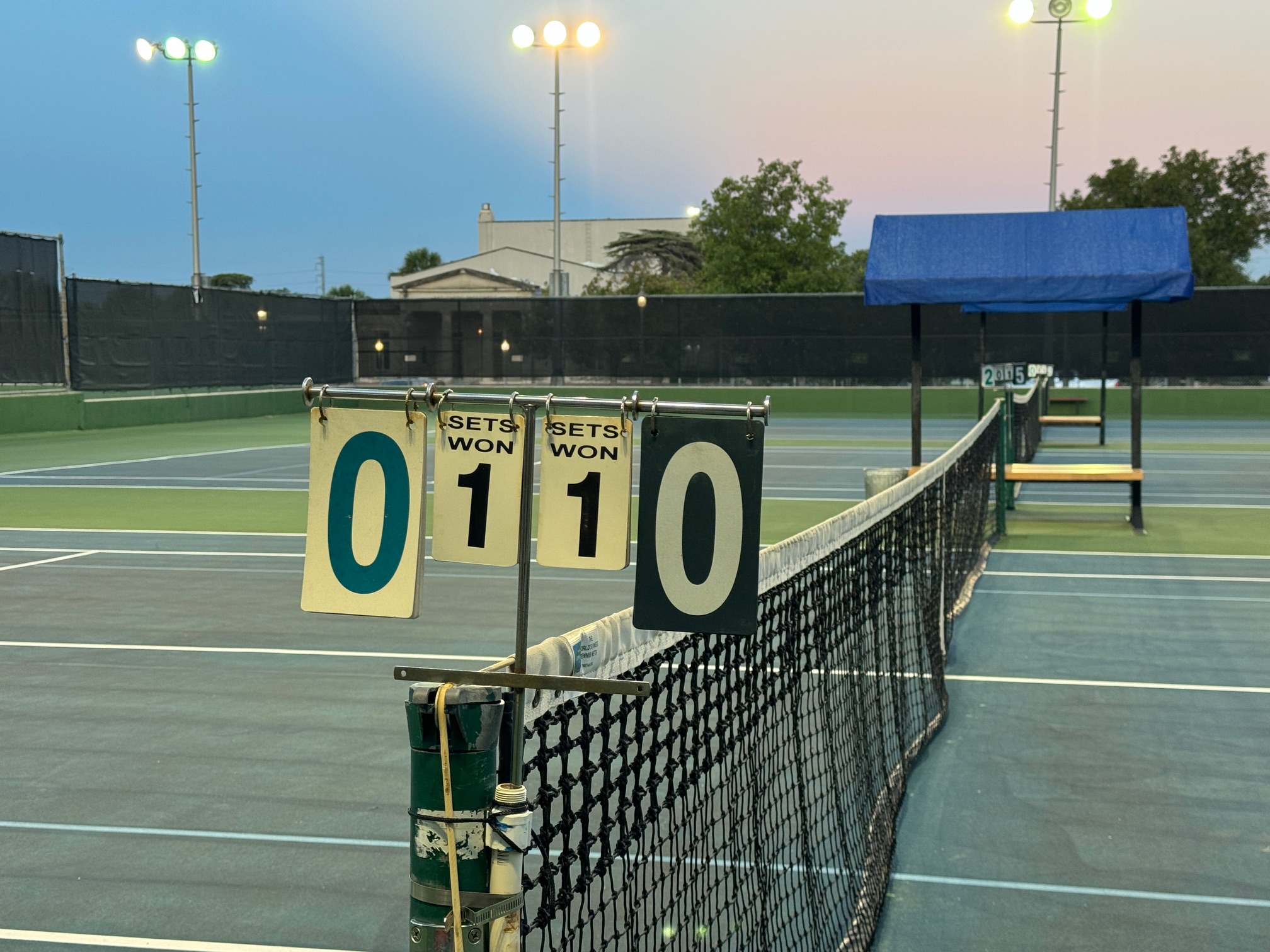When the USTA Friend at Court is updated each year, the editors provide a summary of substantive changes from the previous version. There were no updates in 2023 to either the ITF Rules of Tennis or the USTA comments against that section. The first substantive difference comes in the USTA Regulations that specify the procedures for making tournament draws.
(Short pause while my League-exclusive readers stampede out the door.)
The USTA described this first set of changes succinctly in the summary of changes in the “Summary of Important Changes” section in the 2023 version of the document.
FAC Comment II. B-4. Other Types of Feed-In Championship Draws now clarifies that certain types of feed-in championship draw formats cannot be used for draws of 8, 4, or 2 players.
Excerpt from the 2023 USTA Friend at Court
When I first read that change description, I was concerned that the USTA had elected to make this update in response to issues outlined in the post “When the Compass Points at FICQ.” The USTA rankings point system awards vastly different values between a Compass draw and a FICQ draw even though the actual matches played between the two formats are identical. I was worried that the USTA might be trying to procedurally rule out using draws in certain situations to eliminate the disparity. It would be a sub-optimum solution to that particular problem.
However, the update that was made has no impact on the substance of that previous post. Essentially the new text in the Tournament Draw Regulations is an update to clarify that draw formats which are not mathematically or logically possible due to low numbers of participants cannot be used.
As an example, the text in red was appended to the otherwise unmodified Regulation about draw sizes.
Feed-In Championship through Quarterfinals for Other Size Draws. The Feed-In Championship through the quarterfinals can be used for draws other than 128, and the principles in USTA Regulation II.B.5.b. are used. This format may not be used for draws of 4 and 2 because there are no quarterfinals.
Essentially this update states the obvious conditions in which this draw is impossible to use. An alternative (and much cleaner) way to make the update would have been to change the sentence to state that the draw can be used for sizes from 8 through 128. Taking a step back further, this is an odd section because FICQ is clearly valid for any draw with 8 or more players. Even 256 which is somehow excluded given the present wording. There may be a way to shorten this entire section significantly.
Anachronisms aside, I always suspect that updates to the USTA Friend at Court originated from some controversy, issue, or complaint. One plausible scenario is that a tournament director tried to select this draw in Serve Tennis and was frustrated that the system wouldn’t allow it. Alternatively, selecting that format for a small number of participants might have created a system crash. There is also a possibility that someone complained because an event was advertised as FICQ but conducted in an alternate format due to low participation.
There are similar updates against two other draw formats in this section. Follow me closely on this on this. Feed-in-Consolation through the Round of 16 requires that the draw actually have a Round of 16. Additionally Modified Feed-In-Consolation cannot be used in scenarios where the second-place finalist would be required to play subsequent consolation matches.
I would argue that this was a technical clarification rather than an important or substantive update to the USTA Regulations. Ultimately, that is probably the best indication that essentially nothing of significance changed in the 2023 USTA Friend at Court.




Although the change to the Regulations you write about may be a technical adjustment, there is an even more significant alteration which impacted a Seniors (55-85) tournament I recently Refereed.
The regulations now prohibit a Voluntary Sign-up Consolation and a Feed In Consolation type is required.
This is a huge mistake for the Seniors (55-85) age group. I have learned, over many years, players want to play the next day in the consolation event if they lose in the main draw and if they don’t ‘sign up’ to play after their main draw loss, they probably will not show for their consolation match and frequently, they do not tell anyone. This leads to many disappointed players and empty courts which could have been used.
Some players reached the Final of a Consolation event without playing any matches while players on the other side for the draw had to play two or three matches.
Most concerning of all, though was ‘Serve Tennis’, which would not allow players to be erased from the consolation event when they had no intention of playing. When I raised this with the USTA, they confirmed these players could not be withdrawn (erased) and would even receive ‘Ranking Points’ even though they didn’t play!
In one case, players, who lost their first main draw doubles match, told us they would not be travelling several hours to play consolation matches reached the semi-final because they could not be withdrawn and their opponents, who also indicated they did not want to play the consolation event could not be withdrawn also. It is not possible in ‘Serve Tennis’ to perform a ‘double withdrawal’ so one of these teams progrssed to the next round ‘earning’ even more ranking points!
Surely, if you don’t play you should not receive any Ranking Points!
Should have elaborated that the new ‘Regulations’ only prohibit a ‘Voluntary Sign-Up Consolation’ for some (most?) tournament categories
Yep. Voluntary consolation is a dedicated upcoming post.